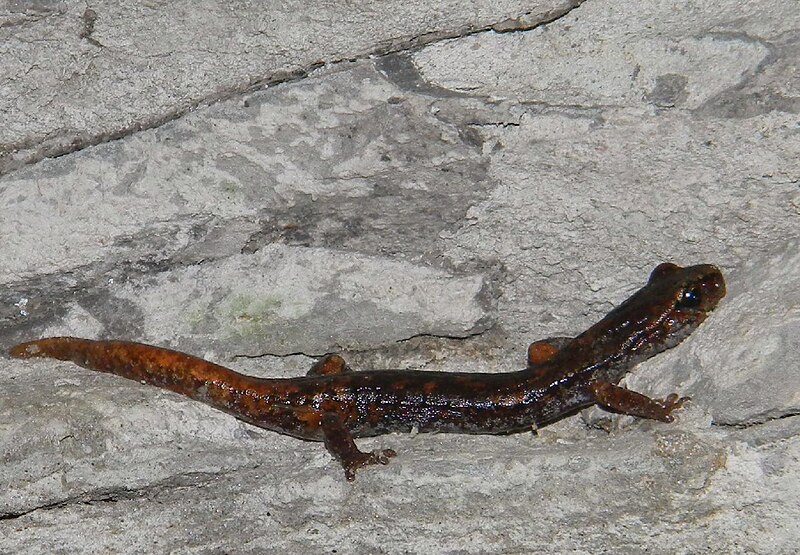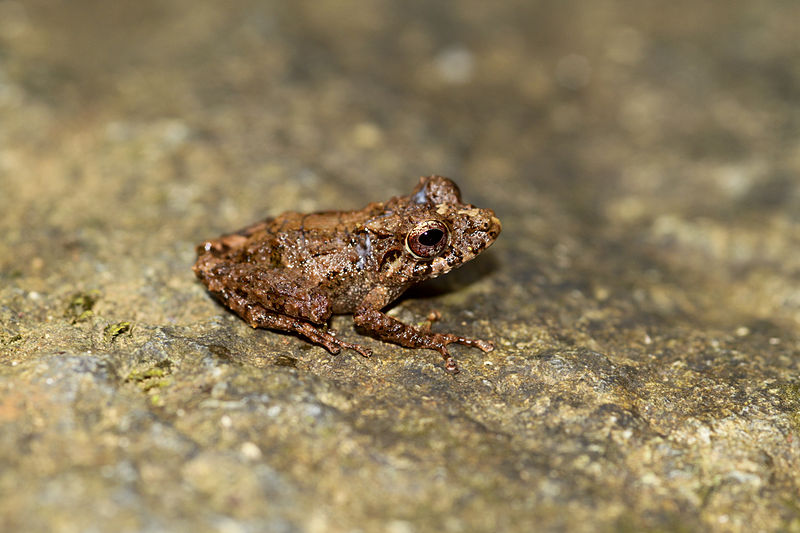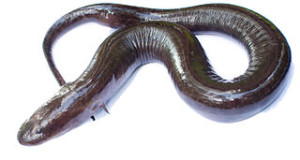 In the wake of continuing amphibian extinctions, herpetologists made a special effort to study frogs and salamanders in 2010. Their hard work resulted in the discovery of new species and others believed extinct, and in many surprising new findings about how they live.
In the wake of continuing amphibian extinctions, herpetologists made a special effort to study frogs and salamanders in 2010. Their hard work resulted in the discovery of new species and others believed extinct, and in many surprising new findings about how they live.
Please note: the species described below are barely studied; the photos shown here are of close relatives. Please see article below for actual photos.
“Back From Extinction”
Biologists participating in a program launched by Conservation International and the IUCN combed the globe in hopes of finding amphibians that have already been “written off” as gone forever. Herp enthusiasts were pleased to learn that at least 3 of these, while very rare, do indeed continue to hold on.
Most surprising was the re-discovery of the Cave Splay-Footed Salamander, Chiropterotriton mosaueri, which lives in a single cave but has not been seen since it was first described over 70 years ago! Apparently never venturing above ground, this salamander may not be with us much longer unless quick action is taken – its sole habitat is a source of drinking water for a local village, and the cave itself receives less rainwater these days due to deforestation.

A University of Copenhagen student working in a remote forest in the Democratic Republic of Congo followed an unusual call to its source and was rewarded with the discovery of a tiny frog that has been “missing” since 1979…the Omaniundu Reed Frog, Hyperolius sankuruensis. A relative, the Mount Nimba Reed Frog, H. nimbae, showed up in a swamp in the West African nation of Cote d’Ivoire after an absence of 40 years.
Central Africa hid animals as large as the Okapi from science for centuries…one can only imagine how many tiny creatures remain unknown…or how long they will survive!
Why Care?
While it is tempting to shrug off the discovery of minute amphibians as merely interesting, we must remember that the loss of any creature may have drastic ecological implications, and that some are likely the source of important, undiscovered medicines.
Rescue Effort Yields New Frogs
 Herpetologists collecting frogs from an area in Panama devastated by Chytridiomycosis (an emerging disease credited with causing extinctions worldwide) found 2 tiny new species in the process – Pristimantis educatoris (whose eyes are, strangely, red-yellow above and purple-gray below) and P. adnus. Panama’s highlands are rich in frog diversity – 15% of the area’s species have been described in the last 7 years.
Herpetologists collecting frogs from an area in Panama devastated by Chytridiomycosis (an emerging disease credited with causing extinctions worldwide) found 2 tiny new species in the process – Pristimantis educatoris (whose eyes are, strangely, red-yellow above and purple-gray below) and P. adnus. Panama’s highlands are rich in frog diversity – 15% of the area’s species have been described in the last 7 years.
New Insights
Reams of new information about amphibian natural history also came to light in 2010. In Part 2 of this article we’ll learn about some surprising amphibian lifestyles.
Further Reading
The Search for 100 Lost Amphibians
“Extinct” Amphibians found: photos, story
Heterixalus alboguttatus image referenced from wikipedia and originally posted by Franco Andreone
Speleomantes italicus image referenced from wikipedia and originally posted by Barbax
Pristimantis cruentus image referenced from wikipedia and originally posted by Brian Gratwicke
 That Reptile Blog – Reptile, Amphibian and Exotic Pet Care and Information
That Reptile Blog – Reptile, Amphibian and Exotic Pet Care and Information



All of God’s creatures are worth protecting. Keep up the good work Frank!
Hello Robert, Frank Indiviglio here.
Thanks for the note; I of course admire your fine animal rescue work in NYC as well.
Good luck, enjoy and please keep me posted.
Best regards, Frank Indiviglio.